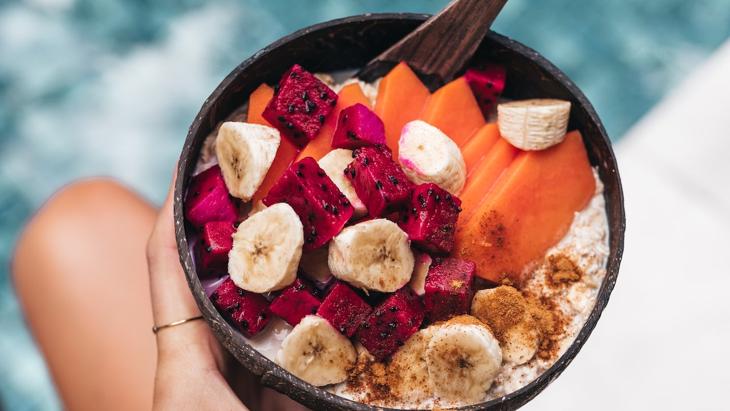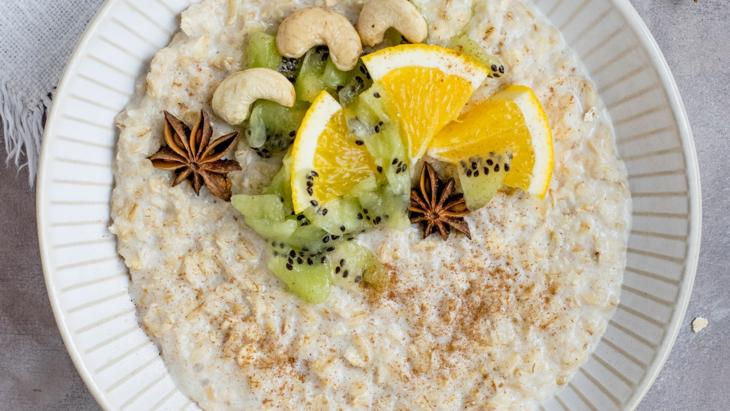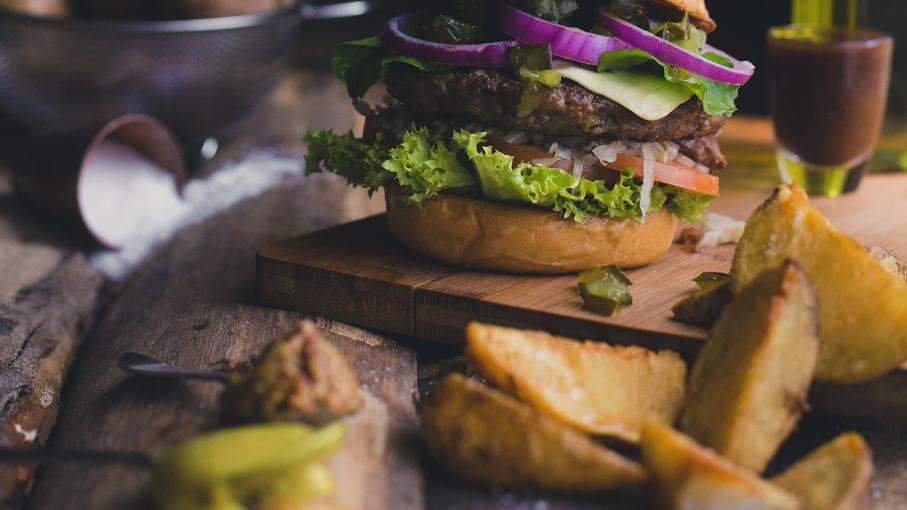Histamine is a natural molecule found in the body that plays an essential role in the immune system. It is produced by cells in response to allergens and other triggers, but too much histamine can lead to inflammation and other unpleasant symptoms. A low-histamine diet can help reduce these symptoms and improve overall health. This article will outline the benefits of a low-histamine diet, as well as how to incorporate more low-histamine foods into your diet.

What is Histamine?
Histamine is a compound produced by mast cells, which are part of the immune system. Mast cells release histamine when they encounter an allergen or other trigger such as pollen or dust mites. Histamine then binds to receptors on nearby blood vessels, causing them to become inflamed and swollen. This response helps protect the body from allergens, but too much histamine can cause uncomfortable symptoms such as sneezing, itching, hives, and nasal congestion.
Benefits of a Low-Histamine Diet
A low-histamine diet restricts foods that are high in histamines or that trigger the release of histamines in the body. This type of diet has been shown to reduce or even eliminate many allergy symptoms such as sneezing and itching. Additionally, it may also improve digestion by reducing inflammation in the digestive tract caused by high levels of histamines. Finally, a low-histamine diet may also help reduce fatigue caused by an overactive immune system responding to allergens or other triggers.

How To Incorporate Low-Histamine Foods Into Your Diet
Incorporating low-histamine foods into your diet is easy once you know what types of foods are restricted on a low-histamine diet and what types are allowed. Foods that should be avoided include aged cheeses, processed meats such as bacon and sausage, fermented foods like sauerkraut and kimchi, alcohol (including wine), certain spices like cayenne pepper and paprika, dried fruits like raisins and dates as well as soy sauce and miso paste—just to name a few! On the other hand, allowed foods include fresh fruits (except citrus), fresh vegetables (except tomatoes), legumes like beans and lentils (not canned), nuts (not peanuts), eggs (not boiled), dairy products like milk and yogurt (not aged cheeses) as well as unprocessed meats like chicken breast or fish fillet—just to name some!
Conclusion
In conclusion: A low-histamine diet can be beneficial for those suffering from allergies or other conditions related to high levels of histamines in the body due to its ability to reduce inflammation caused by allergens or triggers while also improving digestion and reducing fatigue caused by an overactive immune system responding to these triggers . Incorporating more low-histamines foods into your diet is relatively easy once you know what types of food should be avoided or included on this type of eating plan!

 The Science of Credit Card Limits: How to Understand and Manage Your Credit Card Limits
The Science of Credit Card Limits: How to Understand and Manage Your Credit Card Limits